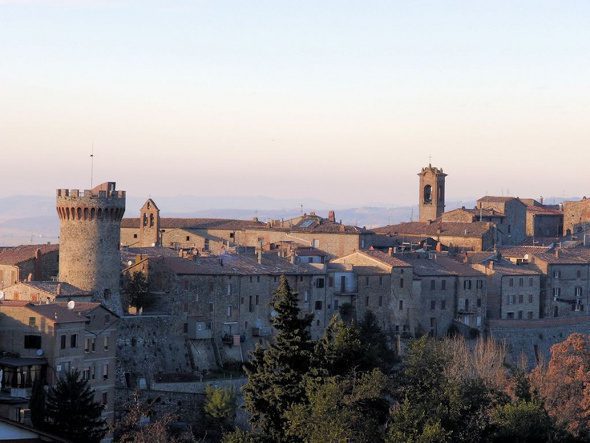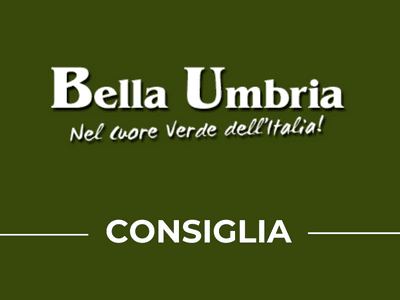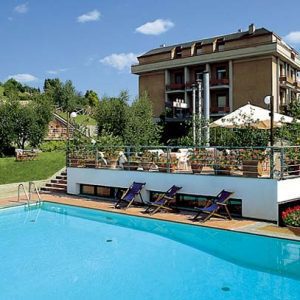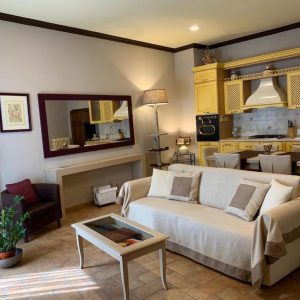▌ Alla scoperta di Ficulle
#BELLAUMBRIA
{“translation”:[{“lang”:”it”,”content”:”
Anche se le origini di Ficulle sono da far risalire ad epoca preromana quando una popolazione rurale di modeste dimensioni usava le grotte della zona come semplici sepolcreti, il borgo assunse una ben definita identità solo a partire dal periodo dell’ Impero quando divenne un importante punto di controllo lungo la via Cassia.
>>Vuoi vedere Ficulle? Consulta ora le offerte dei migliori hotel nelle vicinanze.

>> Ci sono offerte in scadenza per agriturismi nella zona di Ficulle! Clicca e consultale subito.
L’aspetto attuale è, comunque, frutto del periodo medioevale quando prima all’ interno del dominio orvietano e poi in quello pi vasto del regno pontificio, il tessuto urbanistico si sviluppò in un fitto e tipico intrecciarsi di vie e piazze. Degne di nota sono la chiesa di Santa Maria Vecchia del XIII secolo, di forme gotiche evidenti negli archi ogivali e nei contrafforti, la chiesa di Santa Maria Nuova, costruita a differenza della prima nell’ interno del borgo, il castello della sala del XII – XIII secolo e la residenza nobiliare di Castelmaggiore.
“},{“lang”:”en”,”content”:”lthough Ficulle‘s origins date back to the Pre-Roman Period, when a rural population of modest dimensions used the caves of this area as simple burial-grounds, the village assumed a well-defined identity only with the Roman Empire Period, when it became an important point of control along the Cassia Road.
Its present day appearance is, however, a result of the Medieval Period when initially under the domination from Orvieto, and later in the more vast rule of the pontifical kingdom, the urban fabric developed in a typical intertwine of streets and squares. Noteworthy are the Santa Maria Vecchia Church from the 13th Century, with gothic shapes appearing in the ogival arches and supports, the Santa Maria Nuova Church built, unlike the former one, inside the village, the castle of the hall from the 12th to the 13th Century, and the residence of Castelmaggiore nobles.
“},{“lang”:”es”,”content”:”lthough Ficulle‘s origins date back to the Pre-Roman Period, when a rural population of modest dimensions used the caves of this area as simple burial-grounds, the village assumed a well-defined identity only with the Roman Empire Period, when it became an important point of control along the Cassia Road.
Its present day appearance is, however, a result of the Medieval Period when initially under the domination from Orvieto, and later in the more vast rule of the pontifical kingdom, the urban fabric developed in a typical intertwine of streets and squares. Noteworthy are the Santa Maria Vecchia Church from the 13th Century, with gothic shapes appearing in the ogival arches and supports, the Santa Maria Nuova Church built, unlike the former one, inside the village, the castle of the hall from the 12th to the 13th Century, and the residence of Castelmaggiore nobles.
“},{“lang”:”de”,”content”:”lthough Ficulle‘s origins date back to the Pre-Roman Period, when a rural population of modest dimensions used the caves of this area as simple burial-grounds, the village assumed a well-defined identity only with the Roman Empire Period, when it became an important point of control along the Cassia Road.
Its present day appearance is, however, a result of the Medieval Period when initially under the domination from Orvieto, and later in the more vast rule of the pontifical kingdom, the urban fabric developed in a typical intertwine of streets and squares. Noteworthy are the Santa Maria Vecchia Church from the 13th Century, with gothic shapes appearing in the ogival arches and supports, the Santa Maria Nuova Church built, unlike the former one, inside the village, the castle of the hall from the 12th to the 13th Century, and the residence of Castelmaggiore nobles.
“},{“lang”:”fr”,”content”:”Même si les origines de Ficulle sont à faire remonter à l’époque pré-romaine, quand une population rurale de modestes dimensions utilisait les grottes de la zone comme de simples lieux de sépulture, le village assuma une identité bien définie seulement à partir de la période de l’Empire quand il devint un important point de contrôle le long de la voie Cassia.
L’aspect actuel est, cependant, le fruit de la période médiévale quand avant tout à l’intérieur du comté d’Orvieto et ensuite dans celui plus vaste du royaume pontifical, le tissu urbain se développa dans un étroit et typique enchevêtrement de rues et de places.
Parmi les attractions dignes d’être nommées se trouvent l’église de Sainte Marie la Vieille du XIIIème siècle, de forme gothique évident au niveau des arcs ogivaux et des contre forts, l’église de Sainte Marie Nouvelle, construite à la différence de la première à l’intérieur du bourg, le château de la salle des XII – XIIIème siècles et la résidence noble de Castelmaggiore.
“}]}





